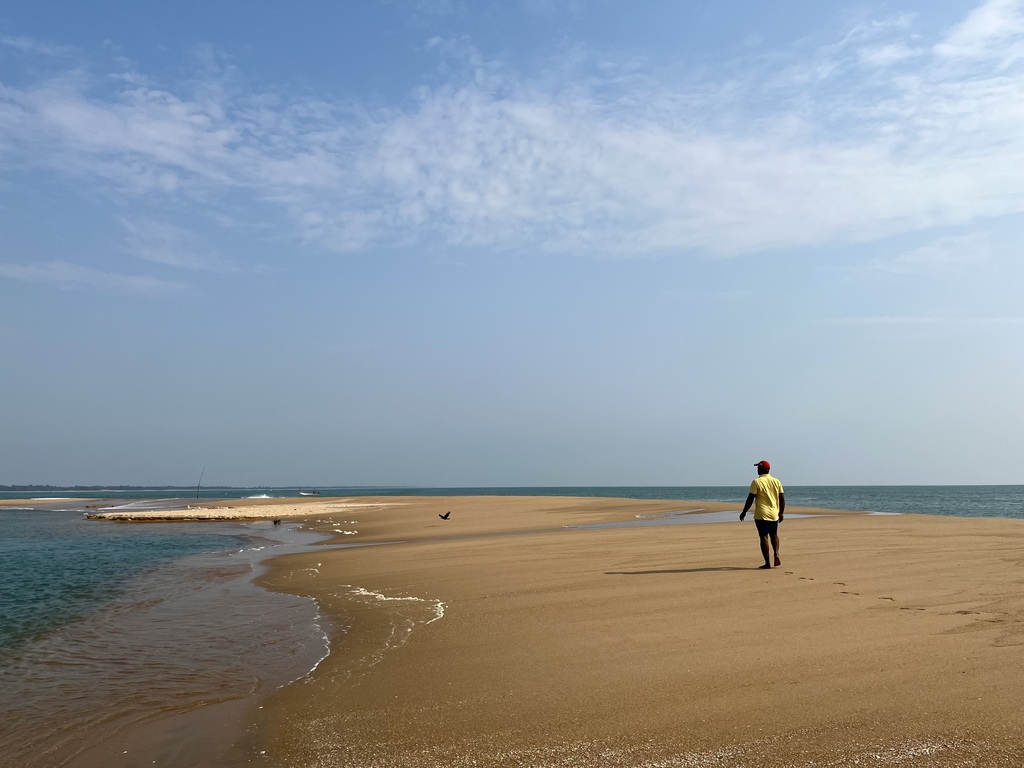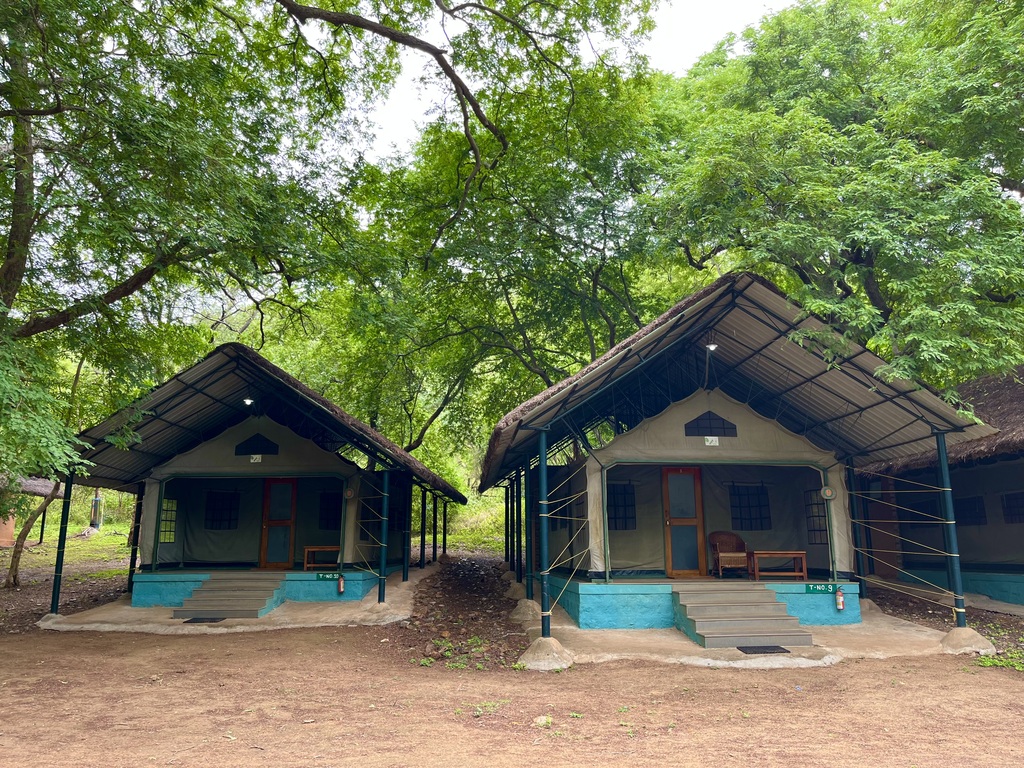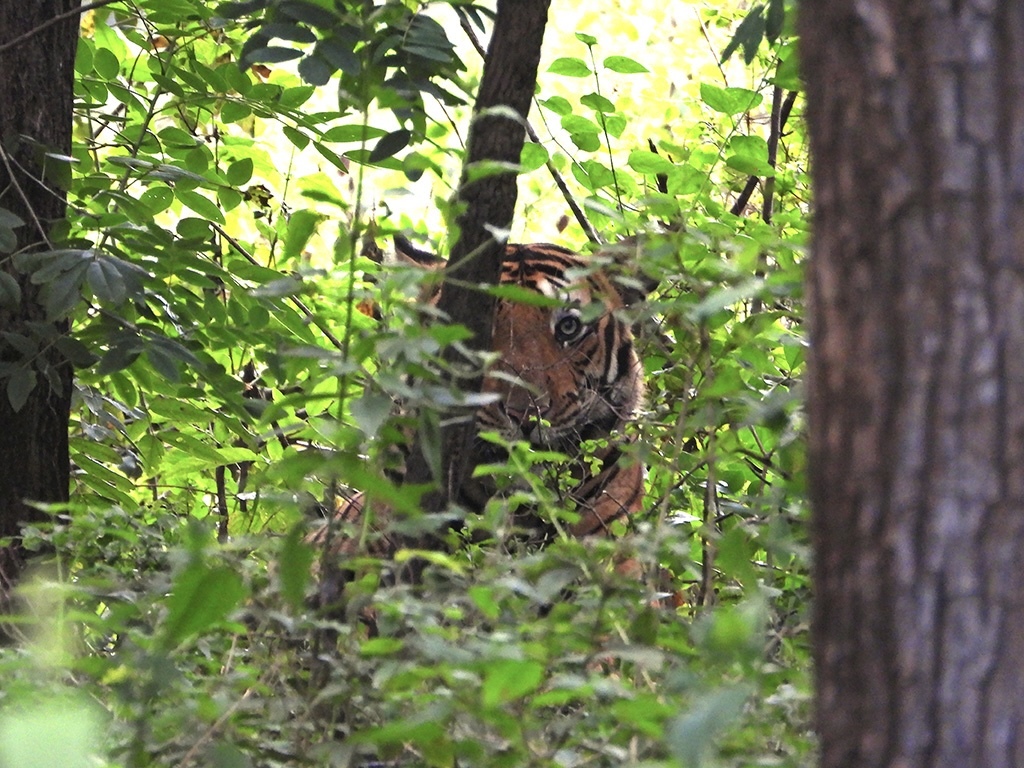| Address: | Antpur, West Bengal 712424 |
|---|---|
| How to go: | Take local train from Howrah which is going to Arambag-Goghat. Get down at Haripal railway station. Take trekker from railway station which will drop you at Ramhatitala and they will charge around 15 Rs.. Or you can take local bus from railway station (bus service is much better) up to Ramhatitala. From there you can walk down and enjoy the village culture and reach Rajrajeswar temple, Dwarhatta. By walk it takes around 15 min. Ask direction to the local people and go ahead. Or you can take Rickshaw which may charge around 15 Rs. again. Next you come back to Ramhatitala again and take another trekker for Antpur Ramakrishna Math which will drop you there within 10 min, they will charge 11 Rs. each. There only you will get to see Radhagobindajiu temple, Rashmancha, Dolmancha, Chandi mandap, Fuleshwar-Jaleshwar shiva temple etc. Then you have to take another trekker or bus or toto (a bit rare) to visit Rajbalhat temple. On the way you have to get down for Radha Gobinda temple which is nearby Rajbalhat girls high school (For this you have to go inside the village following narrow lane beside Rajbalhat bazar which takes around 15 min by walk) and another temple is there which is Sridhar Damoder temple which is there nearby Rajbalhat Bazar. |
| Pros: | Guide from local people, Places are well connected, Road condition |
| Cons: | Communications sometimes if you are using local transport, lack of Local food shop. |
| What to visit ? | Dwarhatta
Antpur
Rajbalhat
|
| Company: | Family, friends who love Bengal culture and old temples |
| Minimum day/time to visit: | 1 |
| Locality: | Panchayat area and Village |
| Expenses: | 300 per head if you use local transport. It depends on transport. |
| More Information: | Radha Gobinda Temple The Radha Gobinda Temple at Antpur, in Hooghly district, is one of the grandest and most celebrated terracotta temples of Bengal. Built in 1786 by the zamindar Krishnaram Mitra, it is a towering pancharatna (five-towered) temple rising over 100 feet, making it one of the tallest brick temples of Bengal. Dedicated to Radha and Krishna, the temple stands on a spacious raised platform, surrounded by smaller shrines, a chandi mandap, and a dolmancha, creating a complete sacred complex. What makes the Radha Gobinda Temple truly remarkable is its breathtaking terracotta ornamentation that covers almost every inch of the temple walls. The panels vividly narrate stories from the Ramayana, Mahabharata, and the Puranas, including scenes of the Kurukshetra battle, episodes from Krishna’s childhood, and depictions of gods and goddesses. Alongside these mythological tales are rare and fascinating images of European soldiers, officers, ships, horses, and cannons, reflecting the colonial encounters of late 18th-century Bengal. The temple thus blends sacred mythology with glimpses of contemporary history, turning its walls into a living archive. Antpur also holds a special place in modern spiritual history, for it was here, in 1886, that Swami Vivekananda and his brother disciples of Sri Ramakrishna took their vow of sannyas in front of the sacred dhuni mandap near the temple. Today, the Radha Gobinda Temple is not just an architectural marvel but also a living heritage site, where devotion, history, and artistry come together—drawing pilgrims, art lovers, and heritage explorers alike to admire its grandeur and immerse themselves in its timeless aura. Antpur is also famous as the place where Swami Vivekananda and eight fellow disciples took their vows of Sannyas in 1886, commemorated by the Dhuni Mandap inside the Ramakrishna Math. Rajbalhat The Devi Rajballavi Temple at Rajbalhat in Hooghly district is one of Bengal’s most revered Shakti shrines and is deeply intertwined with the history and culture of the region. In fact, the very name Rajbalhat is believed to come from Rajballavi, the presiding goddess of this temple, who is worshipped as a powerful form of Shakti. The temple is considered ancient, with the present structure having undergone later renovations, but its sanctity and importance have remained unchanged for centuries. The goddess is worshipped in the form of a stone image adorned with ornaments and draped in red cloth, and during festivals she is richly decorated, symbolizing divine power, prosperity, and protection. For the local community, especially the traditional weaving families of Rajbalhat, Devi Rajballavi is regarded as their patron deity, believed to bless them with livelihood, well-being, and continuity of their craft. The temple’s significance extends beyond religion into the cultural identity of the town. Rajbalhat was once the capital of the Bhurshut kingdom, and later became famous as a hub of handloom weaving, particularly silk production during the colonial period, when the East India Company set up a commercial residency nearby. Within this historical setting, the Devi Rajballavi Temple stands as a spiritual anchor, representing both the continuity of faith and the prosperity of the community. The shrine comes alive during Durga Puja and the Rajballavi Mela, when thousands of devotees gather for rituals, offerings, and celebrations, filling the village with vibrant energy. Even today, amid the terracotta temples of Rajbalhat, the Devi Rajballavi Temple holds a special place as the living heart of the town—where ancestral devotion, cultural heritage, and community life merge seamlessly under the gaze of the Mother Goddess. Sridhar Damodar Temple The Sridhar Damodar Temple at Rajbalhat in Hooghly district is one of Bengal’s most striking examples of 18th-century terracotta temple architecture. Built in 1724 by the Sil family, the shrine is dedicated to Lord Krishna and Radha and stands as a testimony to the artistic excellence of the region during that time. Designed in the aatchala style—with eight sloping roof segments—the temple rises gracefully on a raised plinth, giving it both prominence and elegance in the village landscape. The façade is richly decorated with terracotta panels, which depict a fascinating range of themes: episodes from the Ramayana, such as battle scenes, stories from Krishna’s life, depictions of royal courts, images of boats, ships, and horse riders, and lively portrayals of Bengal’s rural society. These carvings not only highlight religious and mythological narratives but also serve as a cultural record of the everyday life of 18th-century Bengal. Over time, repeated applications of paint by locals have covered some of the fine details, but the grandeur of the temple remains intact, and many intricate motifs are still clearly visible. Rajbalhat itself was once the capital of the Bhurshut kingdom and later a center for silk weaving, giving the temple an added layer of historical and cultural importance. Today, the Sridhar Damodar Temple continues to be an active place of worship while also attracting heritage enthusiasts, photographers, and history lovers who come to admire its blend of devotion, artistry, and living tradition. Radha Govinda Temple - Rajbalhat The Radha Govinda Temple (also known as the Radhakantajiu Temple) at Rajbalhat in Hooghly district is a splendid example of Bengal’s terracotta temple art, built in 1733 by the Ghatak family. Designed in the traditional aatchala style, the temple rises gracefully on a raised platform, its brick-red façade glowing with warmth and character. Unlike many other temples in the region, its terracotta decorations remain remarkably well preserved, retaining much of their original detail and charm. The triple-arched entrance and walls are richly embellished with panels depicting battle scenes from the Ramayana, royal processions with chariots and ships, and delicate floral and geometric motifs, along with scenes from everyday village life. Located about 300 meters northwest of the Sridhar Damodar Temple, the Radha Govinda Temple shares architectural similarities with it but stands out for the clarity of its carvings, which have not been obscured by repeated whitewashing or painting. Today, the temple continues to attract visitors, scholars, and devotees alike, who come to admire its intricate terracotta artistry and experience the living heritage of Rajbalhat, once a flourishing center of both faith and handloom weaving. Points to remember
You can follow this map: Antpur-Rajbalhat https://maps.app.goo.gl/vsSxGaYDQCtjtswB6 Rajrajeswar Temple - Dwarhatta https://maps.app.goo.gl/hWDytK6HLHUFswSA7 |


























































































All Comments
Kakali
Posted on: 23rd Aug, 2025Many many thanks.